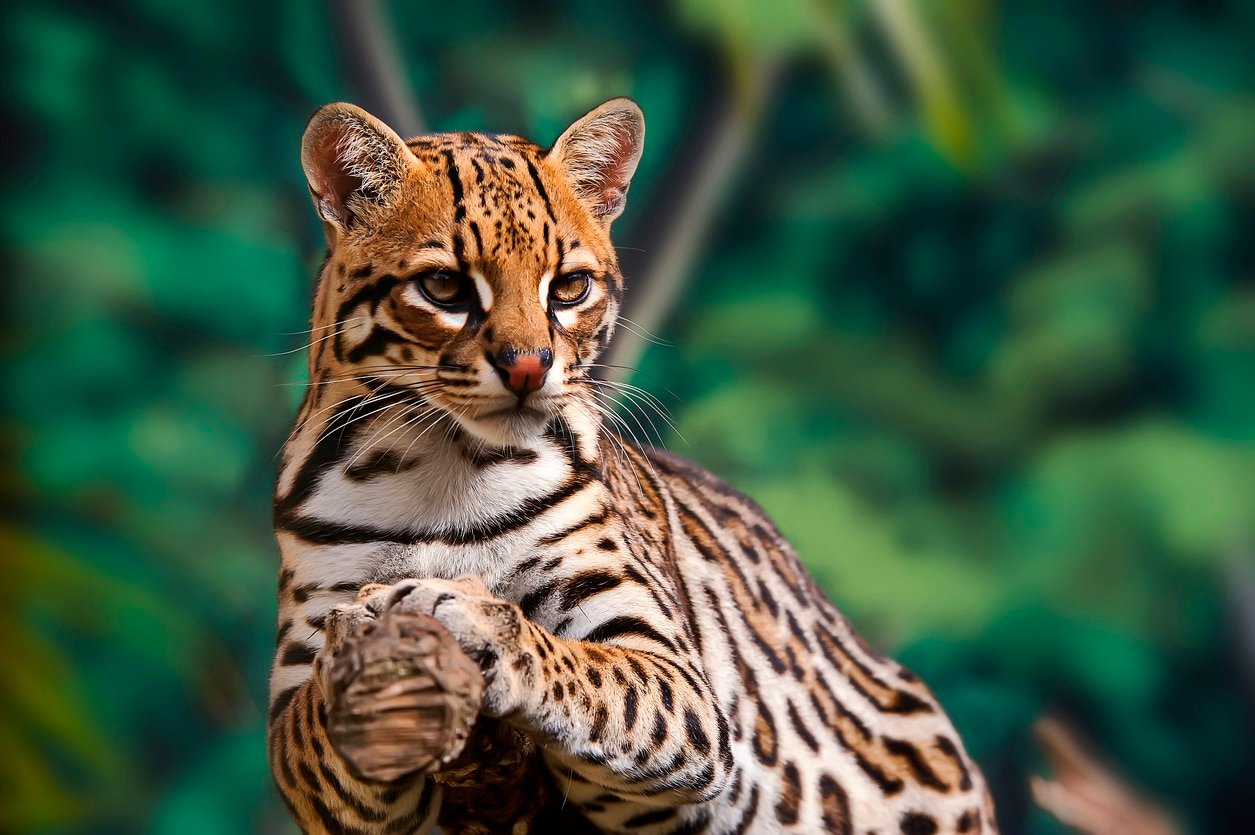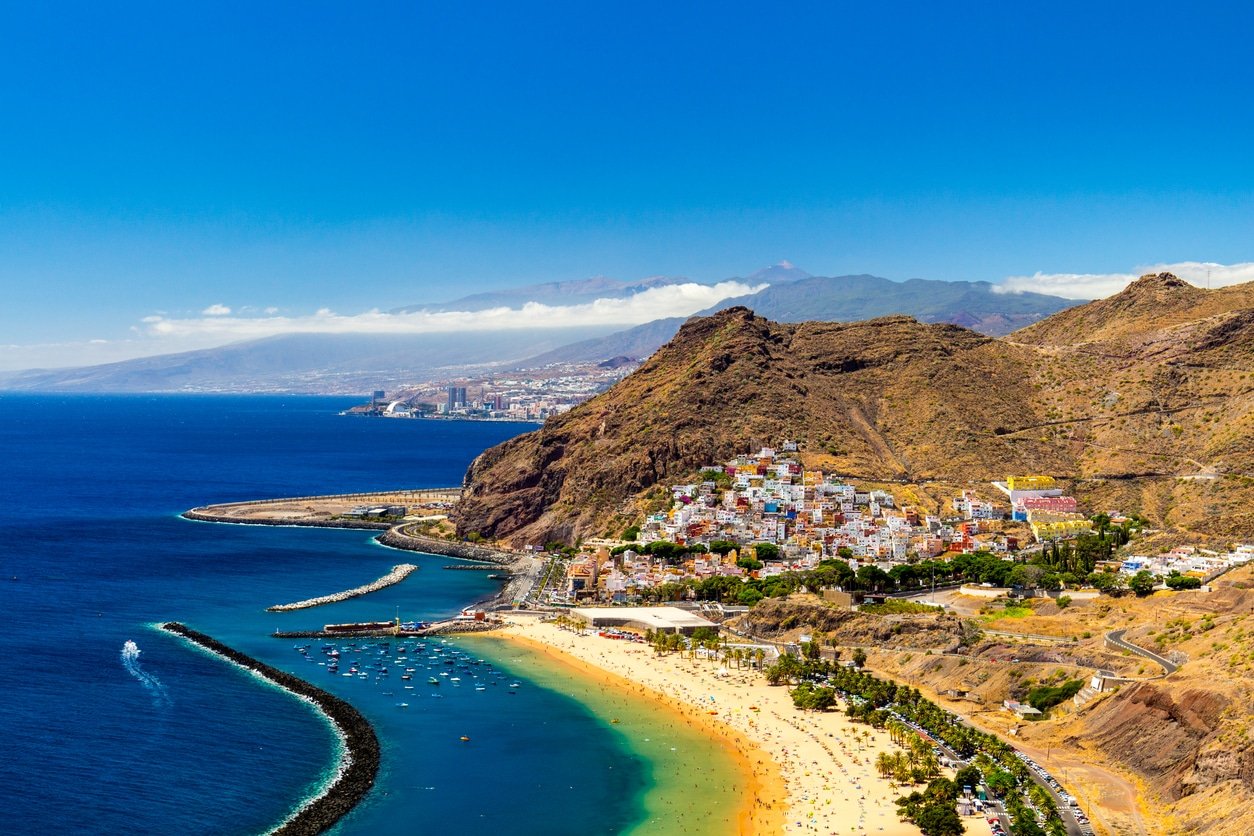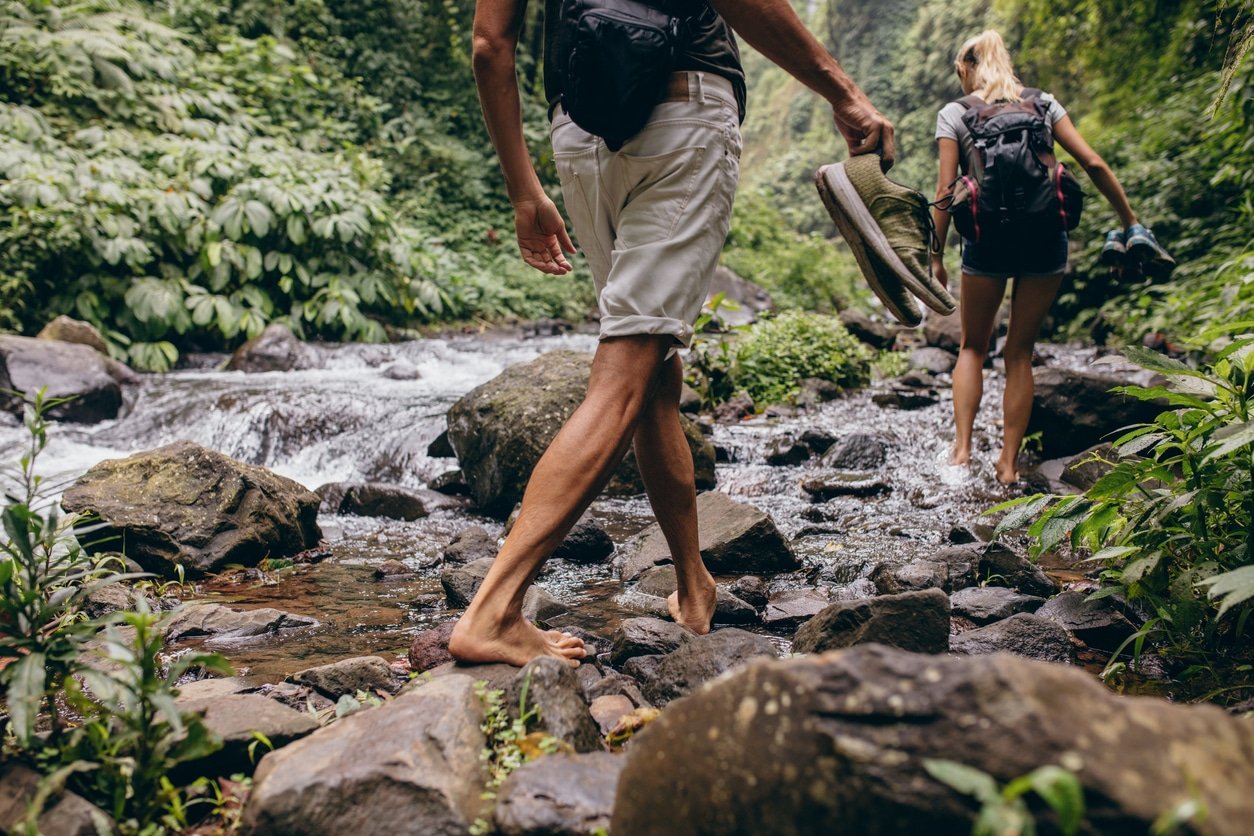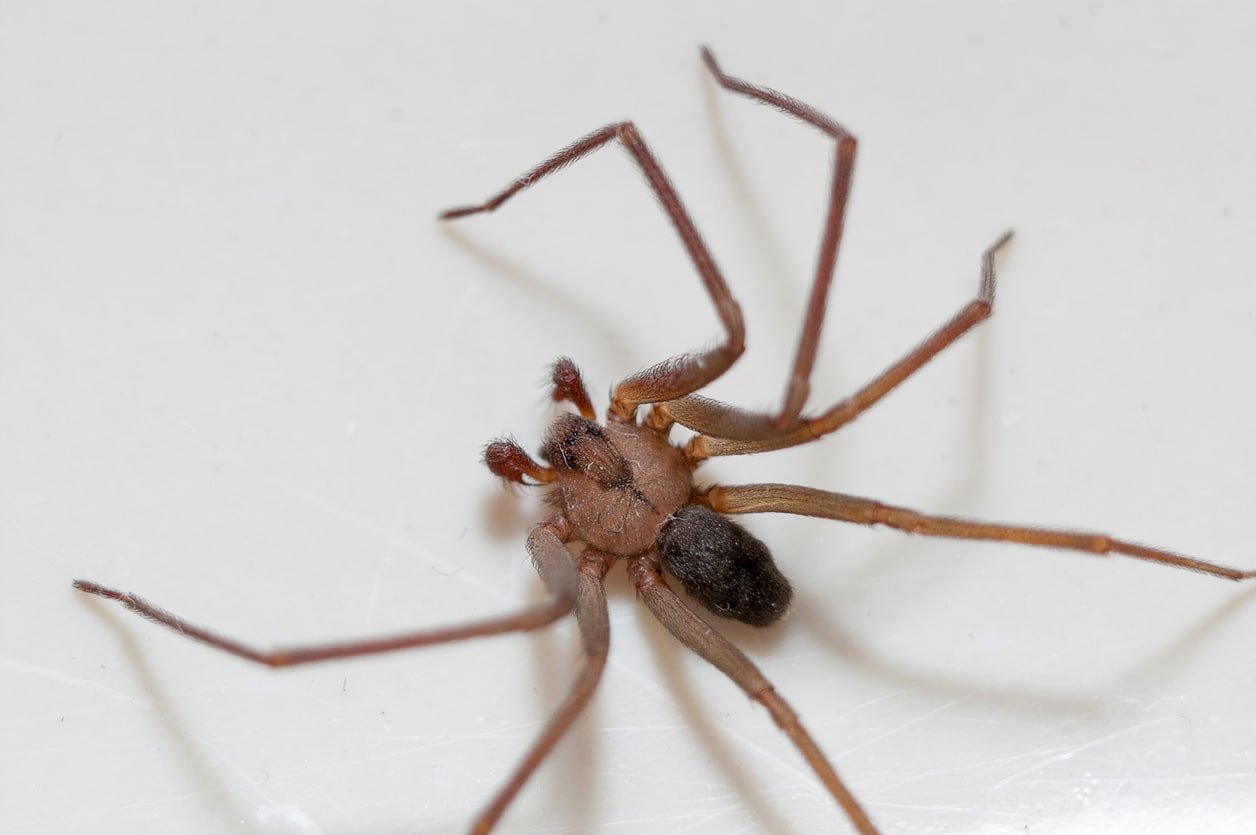Common, Rare & Dangerous Puerto Vallarta Animals & Where To Find Them!
|
Prefer listening over reading? We got you covered!
Getting your Trinity Audio player ready...
|
Puerto Vallarta is a world-famous travel destination, and while this resort town is popular for many things – including its food, stunning beaches, sights, and fun activities – we think the wildlife scene is well worth being excited about too.
Yet whilst many people are familiar with the gorgeous resorts in this city, few know about the fantastic animals you can find in Puerto Vallarta. Luckily for you that ends today!
In the mountains, away from human interference, is where you’ll find the endangered margay, the ocelot, the armadillo, and other fantastic creatures. Whereas the ocean is rich in marine species like humpback whales and dolphins, and Puerto Vallarta itself can boast over 350 bird species, including many native to Mexico.
Right here we delve deeper into what common, beautiful, dangerous, and rare animals you can find in Puerto Vallarta, and most importantly, where you can spot them. Let’s get started!
CONTENTS:
- The Ten Most Common & Beautiful Animals
- Eight Rare Animals In Puerto Vallarta
- Eight Dangerous Animals In Puerto Vallarta

The Ten Most Common & Beautiful Animals in Puerto Vallarta
Imagine Puerto Vallarta without any animals. What kind of city would it be? The reality is that animals add to the thrill of life and make a city far more vibrant and exciting. Even the most common animals in Puerto Vallarta are extraordinary in their own way. Here are a few you could meet:
1. Geckos
Geckos are common in every area of Puerto Vallarta. You may spot one in your resort, trees, and in many buildings around town. Just take a stroll at night, and you’ll likely spot this adorable little animal.
The people in Puerto Vallarta actually view geckos as good luck, and welcome this reptile as it helps control pests such as cockroaches, moths, mosquitoes, and other insects.
The most common gecko is simply called the ‘common gecko’ or ‘cuiza.’ This gecko is tiny but has a high-pitched sound. You may hear it at night in your room as it makes a noise that sounds like keys tapping.

2. Iguanas
Puerto Vallarta is located in a tropical zone, so iguanas are common there as they love tropical climates! In fact, Puerto Vallarta gained popularity in 1964 with the release of the movie ‘The Night of the Iguana’ which was set in the city.
Iguanas are so common that you may spot them in the gardens surrounding your resort, as well as in trees, sunbathing on the ground, or on large rocks.
Some of the popular types of iguanas are the Isla Iguana, which is located in the Marina area. The black spiny-tailed iguana, green iguana, and three-eyed iguana are also all abundant in Puerto Vallarta. In particular you can find the green iguana along streams and rivers.
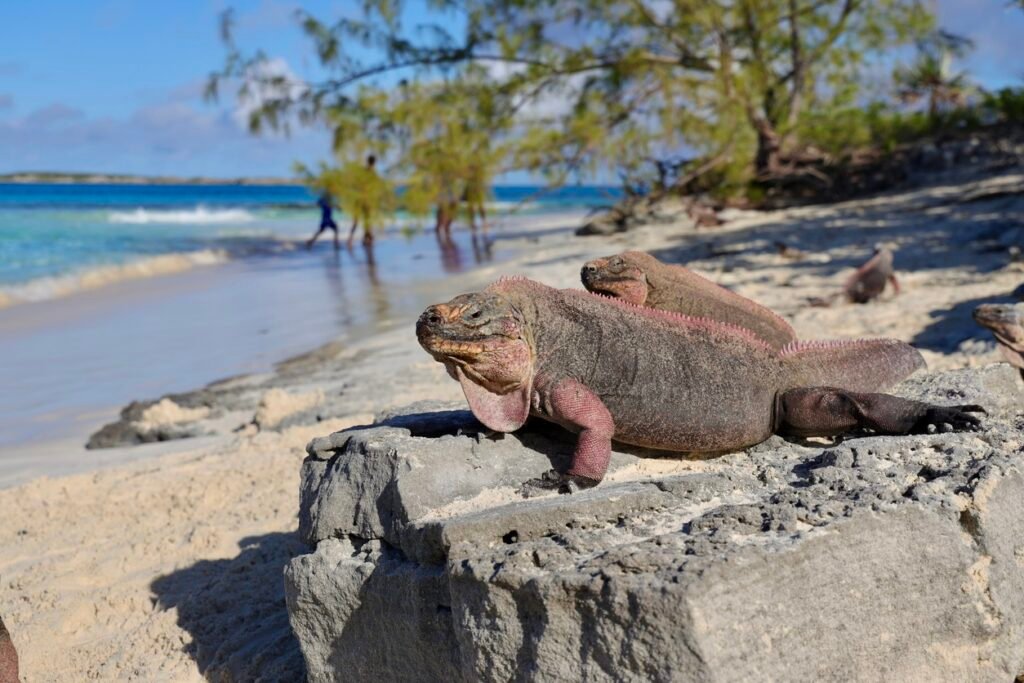
3. Stray Cats & Dogs
Stray dogs and cats are common in Puerto Vallarta and you can spot them rummaging for food in the trash or on street corners. Unfortunately some of these animals were mistreated and ended up on the streets.
It’s common to find skinny, untidy cats in unhygienic food establishments in town too. And the closer you get to where the locals live, the more likely you are to spot stray cats and dogs.
The issue of strays is not one confined just to Puerto Vallarta, rather many other areas in Mexico face the same issue. Although the strays are often friendly just be careful as they are likely to have fleas. If you feel like helping these stray animals or even adopting one, some agencies in Puerto Vallarta can help you do exactly that.

4. Rich Birdlife
There are a lot of birds to feast your eyes on in Puerto Vallarta, including sea birds like the frigate, pelicans, and gulls, as well as various hummingbirds, yellow and black orioles, and the Great Kiskadee.
If you’re a bird lover and want to see many varieties of exotic bird species then make your way to the Vallarta Botanical Garden. The garden boasts over 272 birdlife species so is a fantastic spot to see birdlife. Other great places to go bird watching include Rancho Primavera and El Tuito.
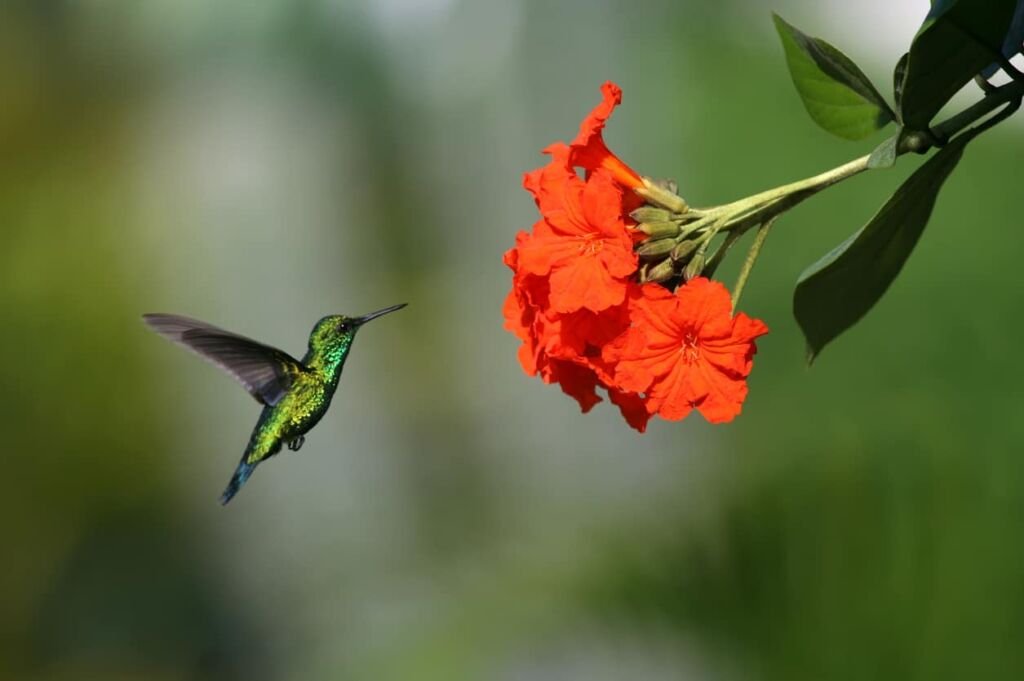
5. Spider Monkey
A mischievous monkey with amazing acrobatic skills, the spider monkey is one of the most common animals in Puerto Vallarta and the surrounding region!
As you enter the region’s tropical deciduous forest, this monkey can be found to the south of the city. The areas of Las Juntas and Los Veranos in particular provide an excellent opportunity for you to spot these fun creatures.
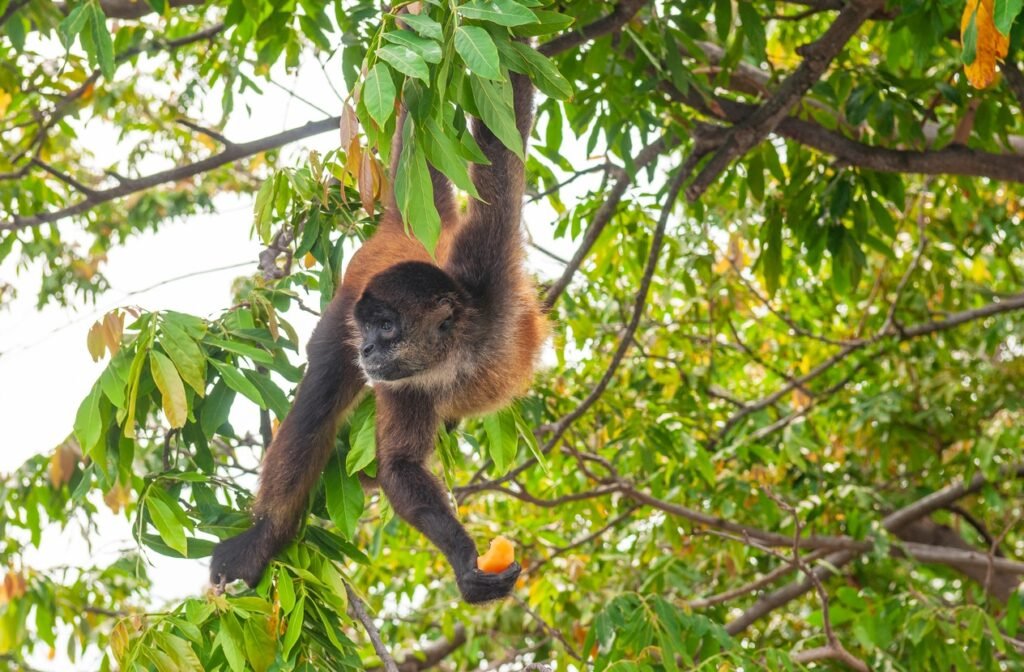
6. Sea Turtle
Puerto Vallarta has a sea turtle season that runs between August and December!
The beach during this time is a great place to spot sea turtles and participate in conservation efforts. One popular sea turtle species is the Olive Ridley which is easily spotted by its dark green color. This species is one of the smallest types, with a shell that grows up to two feet in length.
The best place to spot sea turtles is at the Boca de Tomates Sea Turtle Camp, located just behind the airport on the beach. You can also visit the Marriott Puerto Vallarta Resort and the Mayto Turtle Sanctuary, located south of the city, to spot turtles too.

7. Horses
You may encounter beautiful horses when you walk on the beach or go outside of the tourist hot spots.
Horseback riding is deeply entrenched in Mexico’s rich history, and if you’re a fan of cowboy culture, you can book a horseback riding tour in the city or at the ranches outside the city.

8. Coatimundi
The Coatimundi, or Mexican raccoon, is a remarkable animal found in central and south America. This ring-tailed relative of the raccoon is locally known as Tejon or Pestole. It’s a highly intelligent animal and is about the size of a large house cat – in fact some people even keep them as pets!
They live in groups of about 40 and spend most of their time foraging. The have a remarkably long nose, and the tip of its snout can bend at 90 degrees from side to side.
You can spot the Coatimundi in outlying neighborhoods, zoos and resort areas located south in the jungle areas of Puerto Vallarta.
Raccoons are also common in Puerto Vallarta, just try not to confuse them with the Coatimundi!

9. Humpback Whales
Humpback whales are seasonal visitors to Puerto Vallarta, so you will have to be in town between January and February to see them migrate from the Arctic to then breed and care for their young on the sheltered waters of Banderas Bay in the warm Pacific ocean.
There are other types of whales that you can spot in Puerto Vallarta too. Whale season runs from December to March so definitely add a whale-watching excursion to your bucket list!
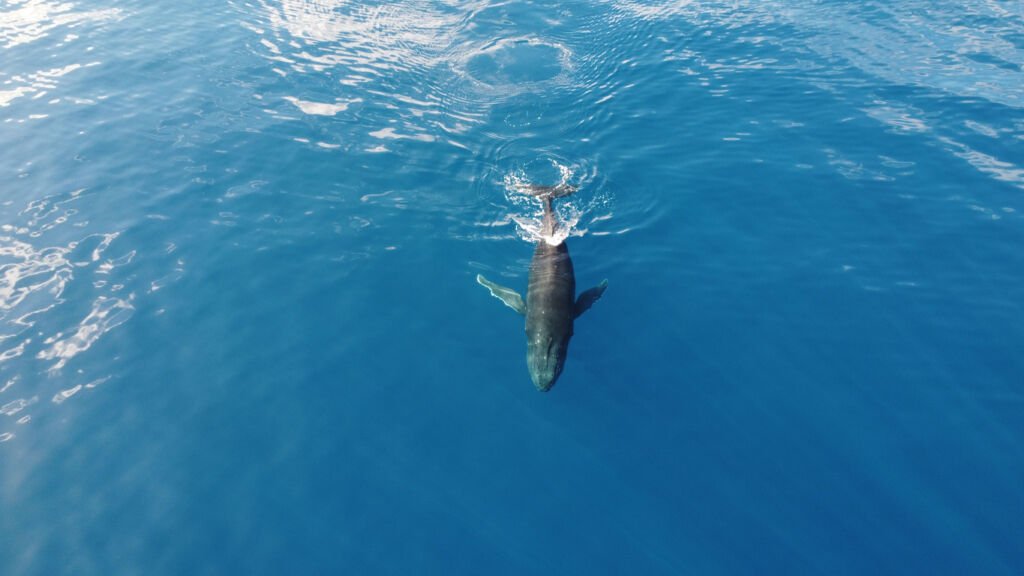
10. Various Fish (While Snorkeling)
Puerto Vallarta is rich in sea life, from whales and sea turtles to dolphins, sting rays, and various tropical fish.
You don’t have to go far to see tropical fish either, just take a boat or go snorkeling at Puerto Vallarta’s popular snorkeling hotspots. You can spot fish species such as the bumphead parrotfish, king angelfish, black-blotched parrotfish and many others.
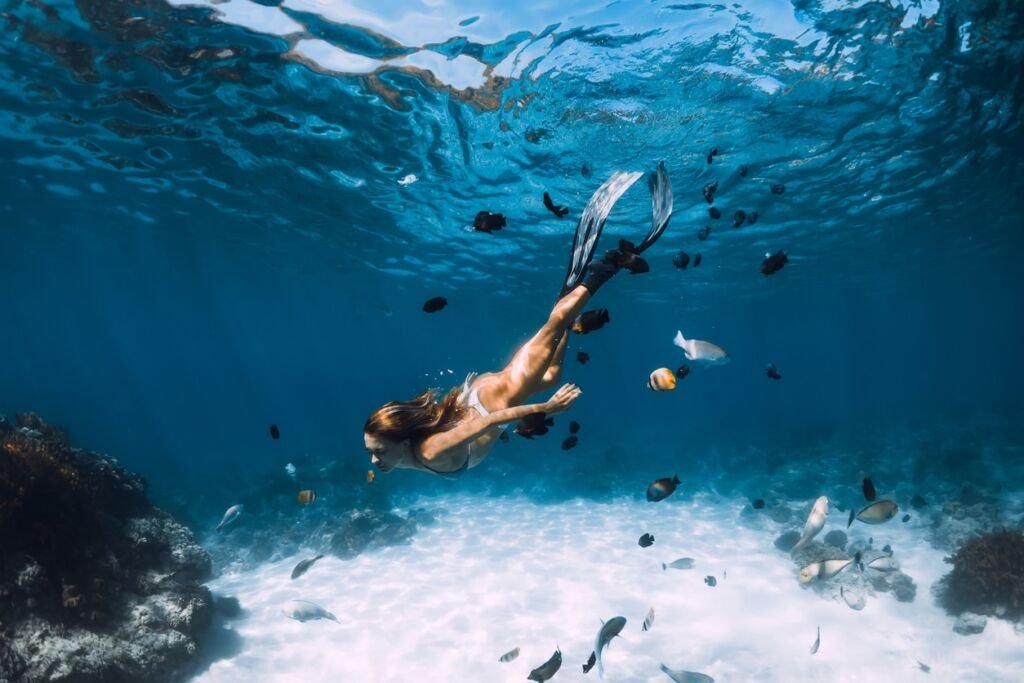
Eight Rare Animals In Puerto Vallarta To Try & Find
Now that we’ve covered some of the most common and beautiful animals in Puerto Vallarta, let’s delve into the rare ones you could be lucky enough to see.
1. Nine-Banded Long-Nosed Armadillo
The nine-banded long-nosed armadillo is a rare animal that you can find in Puerto Vallarta. Sill, this creature is the most widespread among armadillos and has a gray-to-brownish body that’s 15-17 inches long. It’s tail is about 14-16 inches long, and the tail, body, and head are covered with scales known as scutes. There are nine rumps (sometimes less) on its midsection.
The nine-banded armadillo is a solitary creature and mainly nocturnal. You can find it in the tropical jungles of Puerto Vallarta, mainly in the south. Mismaloya is a great place to start.

2. The Nocturnal Badger
The nocturnal or ‘night’ badger is unique due to the white stripes it has on its head. The rest of its body is gray, while the legs are black. This badger is omnivorous, weighs 10-16 kg, and measures between 65 to 100 cm long.
The best place to see the nocturnal badger is at Jalisco Forest in Puerto Vallarta.
3. Margay
The Margay is a small and powerful wildcat whose native habitat ranges from South Mexico through Central America to Northern South America. This wild cat resembles an Ocelot (see further below), but it’s much smaller. Despite its small stature, the Margay has large amber eyes that look like they’ve been coated with coal.
The Margay is a near-threatened species on the IUCN red list of threatened species. In Puerto Vallarta, this creature exists in the mountains, far from humans. But you may have a chance of spotting this incredible animal at Puerto Vallarta’s Juntas de los Verano tropical forest.
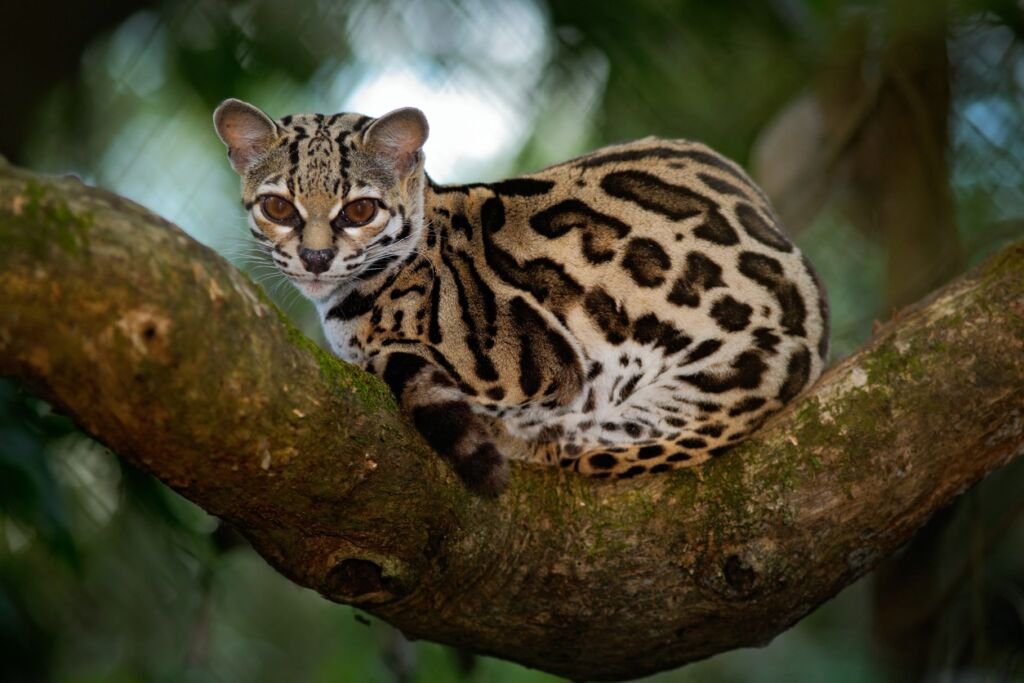
4. Vallarta Mud Turtle
This small mud turtle, popularly known as the Vallarta mud turtle, was discovered 20 years ago by the residents of Puerto Vallarta!
It was recently recognized as a new species and has also been identified as one of the world’s most threatened freshwater turtle species. This 10 centimeter animal has been found in small streams and ponds around Puerto Vallarta.
5. Ocelot
The Ocelot is a medium-sized wild cat famous for its distinct fur and large eyes. Its features include a long-ringed tail, slightly rounded ears, and a beautiful spotted coat.
This cat is mainly solitary and nocturnal, but is unfortunately endangered due to habitat destruction, traffic, and hunting. You have the best chance of seeing an Ocelot at the Vallarta Botanical Garden, where there’s an Ocelot sanctuary.

6. Jaguarundi
The Jaguarundi is another elusive cat, similar to the Ocelot and the Margay. This wild cat is slightly larger than a domestic cat (about 3 to 4 ½ feet in length) and weighs about 10-18 pounds and has unique, unspotted, gray-reddish-brown fur.
You can find the Jaguarundi in Estero El Salado – a remnant mangrove in Puerto Vallarta. You can also find it at the Rio Los Horcones Canyon.
7. Yellow-Winged Cacique
The yellow-winged cacique is a black-and-yellow bird found only in Mexico. This stunning bird favors deciduous forests, plantations, and hedges with tall trees.
It builds large bag-like nests up to 30″ long in the middle and upper branches of trees – so look out for those! You can spot this beautiful bird at the Los Arcos National Park in Puerto Vallarta..

8. Bryde’s Whale
The Bryde’s whale is the only known large whale that loves to spend its entire time in tropical and subtropical waters. This whale is smaller than the humpback, and has a long and slender body with a blue-grey color. The Bryde’s whale also has deep ventral groves on its undercarriage and dorsal fins on its back.
Unfortunately the Bryde’s whale is an endangered species. Although rare, this whale can be spotted in the bay area, especially around the end of the humpback season.

Eight Dangerous Animals In Puerto Vallarta To Avoid
Puerto Vallarta is also home to some amazing yet dangerous animals. Some of the creatures to look out for include:
1. Coral Snakes
Coral snakes are dangerous creatures with a mastery of camouflage. This snake has black, red, and yellow stripes on its body and they can grow up to 20 inches long and have the second-strongest venom compared to other snakes (the black mamba has the strongest venom).
However, coral snakes are less dangerous because they tend to avoid people and have a less-effective poison delivery system.
You can find coral snakes when traversing through wilderness areas of Puerto Vallarta, particularly remote beach areas. Barra de Navidad is one location where you may encounter coral snakes.
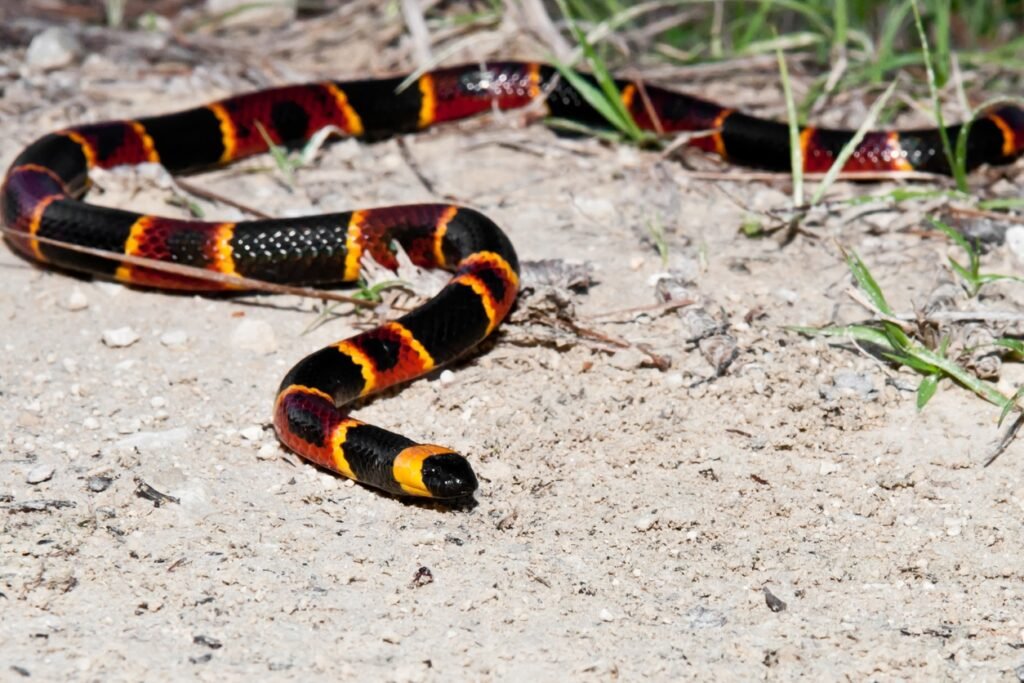
2. Scorpions
Puerto Vallarta is home to some dangerous scorpions. These scorpions are from the genus Centruroides and are categorized based on the level of toxicity.
The scorpions are dangerous as your peripheral nervous system gets harmed once it stings you. The area where you get stung will swell and experience severe pain, and the effects of the sting usually appear within the first five hours. The venom can even be fatal for children and the elderly.
You should be careful when checking out different areas in Puerto Vallarta, especially if you’re visiting rural areas.

3. Crocodiles
Crocodiles in Puerto Vallarta are commonly found in the El Salado Estuary, but other areas where you can find crocodiles are in the estuary of Boca de Tomatlán and Boca Negra.
There have also been concerns around crocodile sightings at Puerto Vallarta beach, but these reports have been vastly exaggerated, and the reality is that it’s quite rare to find crocodiles at the beach. The few that have been spotted there are due to habitat loss and not because of an increase in the species.
However crocodiles are deadly predators so be careful when you see them in the estuaries.

4. Yellow-Bellied Sea Snake
The yellow-bellied sea snake resides in Puerto Vallarta and has some of the most dangerous venom in the world. This is a sea snake so you are most likely to see it on the sea bed. It is docile in nature, but you must not provoke it.
A bite from the yellow-bellied sea snake can cause hallucinations, vomiting, muscle pain and stiffness, drowsiness, and other symptoms. A severe bite can lead to total paralysis or even be fatal.

5. Mexican-Beaded Lizard
The Mexican-beaded lizard is a large venomous reptile found mainly in Mexico and Southern Guatemala. This reptile has a broad head (the header is broader in males) and small, beadlike scales that don’t overlap. The color of this lizard is black, and it’s marked with varying amounts of yellow spots, although some of the lizards are all-black.
The Mexican-beaded lizard hides in burrows or under rocks, but spends about an hour per day above ground. It can also perch in trees at night in search of prey.
The Mexican-beaded lizard is a close relative of the Gila lizard. You can spot this lizard in the tropical deciduous forests of Puerto Vallarta.
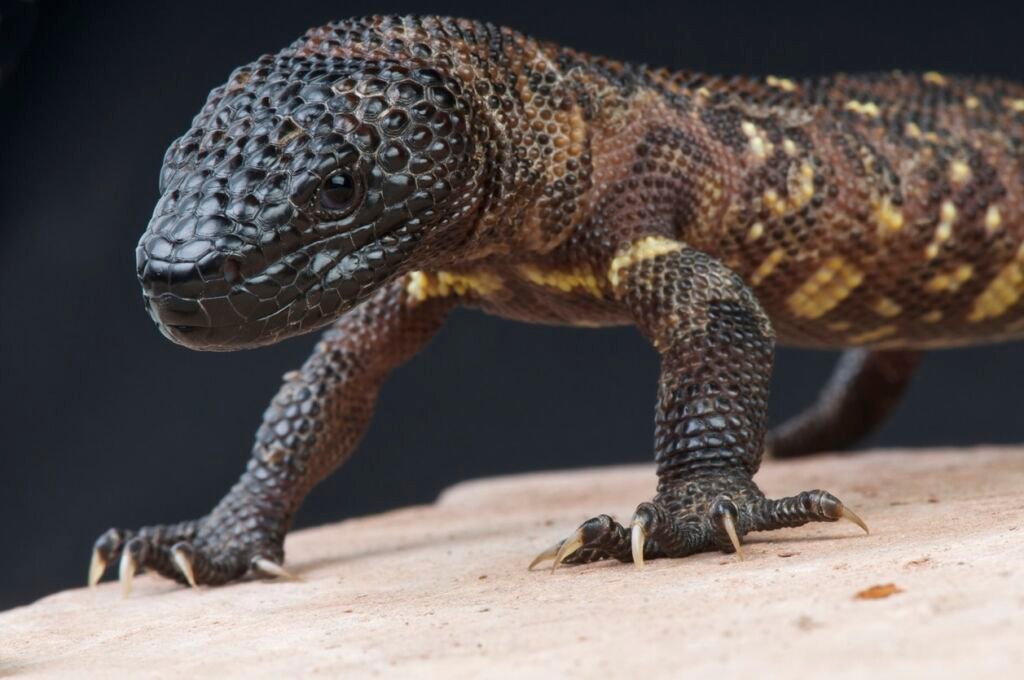
6. Blue Jellyfish
The blue jellyfish are seasonal visitors to the waters of Puerto Vallarta, and this species tends to be common in the summer and winter seasons.
The sting from a blue jellyfish is extremely painful, even when it’s dead. Indeed some people call it the blue devil!
7. The Mexican Rattlesnake
The Mexican rattlesnake, also known as the Mexican Green Rattler, is an endangered species found in Mexico. This snake can reach 6 feet in length and can easily conceal itself.
This rattlesnake is venomous, and a bite from it can result in severe medical problems if left untreated for long. The good news, however, is that the Mexican rattlesnake prefers rodents over humans! This snake usually gives out a ‘rattle’ sound to alert you of its presence too.
You can often find this dangerous snake south of Banderas Bay, in the thorn forest along the coastal strip.
8. The Fer-De-Lance Snake
The fer-de-lance is a pit viper species infamous for killing about ten people annually. This snake is locally known as cuatro narices (four noses) because it looks like it has four noses.
The fer-de-lance snake is highly aggressive, and its venom is deadly. This snake is about 6 feet in length, yet it can inject up to 105 mg of venom. For reference, a human can only tolerate 50mg.
The fer-de-lance is located in the dense jungles of Puerto Vallarta, so be careful when jungle trekking.

The Animals Of Puerto Vallarta: Our Final Thoughts
Puerto Vallarta is full of rich wildlife-from its mountainous regions to the beaches.
The vast wildlife in Puerto Vallarta is one of the main reasons you should plan a trip to this town. So grab the best camera you can get your hands on and go wildlife spotting – enjoy!


